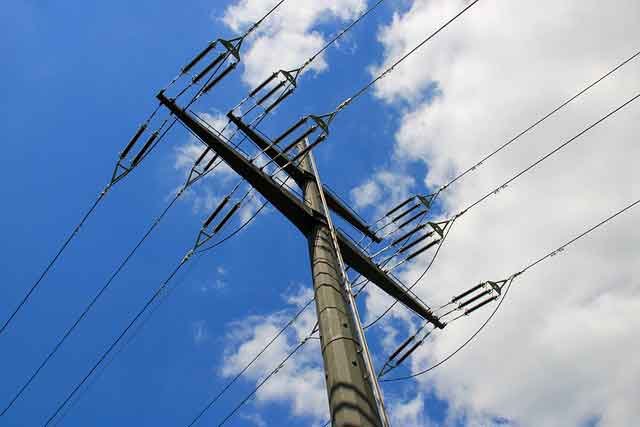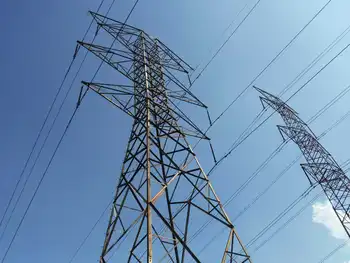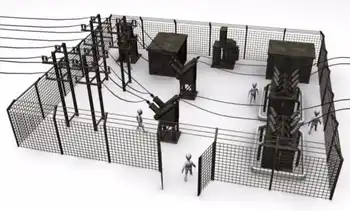Texas won't face crisis after all, ERCOT says
TEXAS - Texas' need for more power generation to meet growing demand for electricity is easing, thanks to power companies building more plants.
The chief executive of the Electric Reliability Council of Texas said that the electricity supply won't be tight in the next few years, as the council has long predicted. ERCOT chief executive Bob Kahn said at a conference operated by Dutch electricity consultant KEMA Inc. that the council will announce updated forecasts for electricity supply in May.
Those forecasts will show that the state's power supply won't become tight at all in the next few years, rather than becoming uncomfortably tight in 2009. "Right now, I don't see on the horizon that we're going to" drop below ERCOT's target for power generation supply, he told reporters after a speech.
ERCOT, which operates the electricity grid for most of Texas, likes to see 12.5 percent more power generation capacity than needed, to keep the lights on if several plants go down. In December, ERCOT predicted the grid would have about 12.4 percent excess capacity by 2009.
Mr. Kahn said the group's May report will forecast 13.3 percent excess supply next year.
Mr. Kahn is feeling some relief because power companies have definite plans to build more plants, including natural gas, wind and coal plants. The council can add a new plant to the official forecast only if it has all necessary environmental and interconnection permits.
Next year, several power plants are scheduled to go online, including two of Energy Future Holdings' new coal-fired power plants.
When Dallas-based Energy Future announced it would build new power plants two years ago, the company, then called TXU Corp., argued that it would have to build 11 coal-fired plants to meet Texas' urgent need for more juice. The company later cut back its building program to three plants after consumers and politicians complained about the pollution the new plants would create. But other power companies stepped in to build plants, largely natural gas plants, to meet growing demand for power.
This doesn't mean power generators can rest on their laurels. Mr. Kahn said the state must nearly double the amount of power generation by 2026 to handle demand growth and the retirement of old power plants. He'd like to see more plants that use some fuel other than natural gas, but he expects only a marginal shift from the expensive fuel.
Mr. Kahn said power companies have proposed lots of new plants, including coal, nuclear, wind and natural gas plants. Most of the new plants are windmills, with natural gas plants a close second.
Related News

Energy Vault Secures $28M for California Green Hydrogen Microgrid
CALIFORNIA - Energy Vault, a prominent energy storage and technology company, recently secured US$28 million in project financing for its innovative Calistoga Resiliency Centre (CRC) in California. This funding will enable the development of a microgrid powered by a unique combination of green hydrogen and battery energy storage systems (BESS), marking a significant step forward in enhancing grid resilience in the face of natural disasters such as wildfires.
Located in California's fire-prone regions, the CRC is designed to provide critical backup power during Public Safety Power Shutoff (PSPS) events—periods when utility companies proactively cut power to prevent wildfires. These events…




